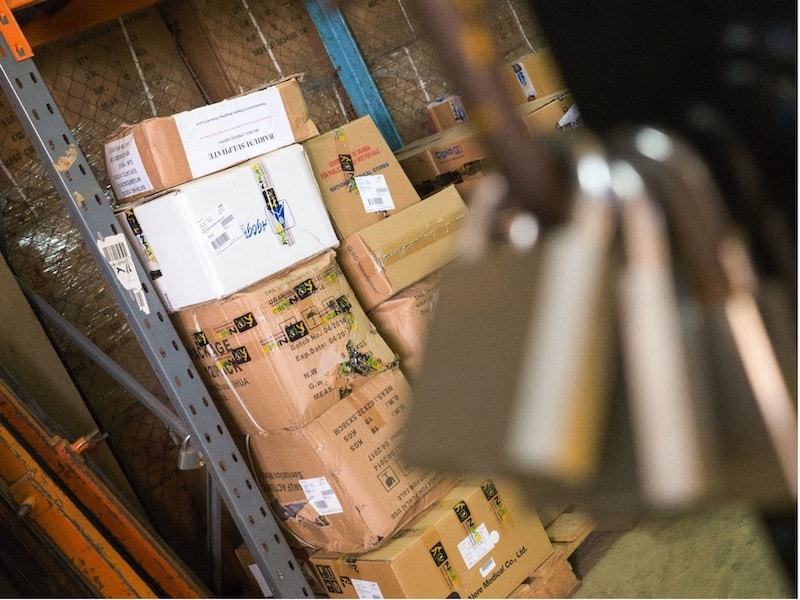How do cyber threats impact supply chains?
Due to the COVID-19 pandemic, global supply chains have experienced strains and shortages. Products and supplies, specifically raw materials, are low in stock and availability, which has increased the demand and the prices. This affects all components of the supply chain, from shipping companies to logistics businesses to ports. These strains and shortages do not only choke supply chains, but they also expose supply chains to potential cyber threats. This article will explore how cyber threats have and will impact supply chains.

What are supply chains?
A supply chain can be described as a network between suppliers, companies, and distribution centres that function to provide a product or service. In total, a supply chain is comprised of producers, vendors, warehouses, transportation companies, distribution centres, and retailers. Besides providing a product or service, a supply chain also functions to provide product development, marketing, operations, finance, and customer service.
Cyber threats to supply chains
Cyber threats enter a supply chain when the attackers install a rootkit or if they insert malware within a software vendor supply chain. In some cases, cyber attackers are able to gain specific credentials through remote access solutions. This is all done to compromise firmware, software products, and/or product manufacturing processes.
The main goal of cyber threats and cyber-attacks is to weaken and possibly paralyse a supply chain. Successful cyber-attacks are able to cause major damage and disrupt everyone involved within the supply chain. Cyber threats usually target an exposed or weak spot along the supply chain, which leads to everyone at that spot and below on the supply chain being affected.

An example of a successful cyber threat was the Colonial Pipeline attack. In June 2021, the largest petroleum pipeline in America had been breached due to a single password being leaked. This attack, which was a ransom attack, disrupted fuel supplies and caused a domino effect. People started panic buying, which led to shortages, and eventually price hikes.
Another example of a successful cyber threat was when TransUnion South Africa was hacked in March 2022. A hacking group, allegedly based in Brazil, gained access to four terabytes of compromised data. The group demanded R225 million and claimed that they had access to personal data of South African citizens like credit scores, banking details, and ID numbers
Managing the risk of cyber threats on supply chains
The risk of cyber threats is increasing. Companies and those involved in supply chains need to be prepared for any possible cyber threats. To prepare for cyber threats, members of the supply chain need to identify and keep a record of the suppliers and service providers. They would also need to monitor any possible risks and keep a record of what information is shared and accessible to other members of the supply chain.
Members of the supply chain also need to ensure that their supply chain management systems are secure and safe. To maintain and increase security, members should ensure they follow good practices for vulnerability and patch management, and they should ensure that all components of the supply chain follow and are equipped with cyber security practices. Additionally, members of the supply chain should follow and investigate any security vulnerabilities within the supply chain.
Conclusion
No matter how prepared a company is for a cyber threat, cyber threats will likely never be eliminated. Cyber attackers are clever and are able to evolve, which means members of supply chains need to do whatever they can to be prepared for a cyber-attack. Knowing the weak spots within the supply chain, having the latest cyber security, and successfully managing all members and processes within the supply chain will give members of the supply chain the fighting chance against cyber threats.
